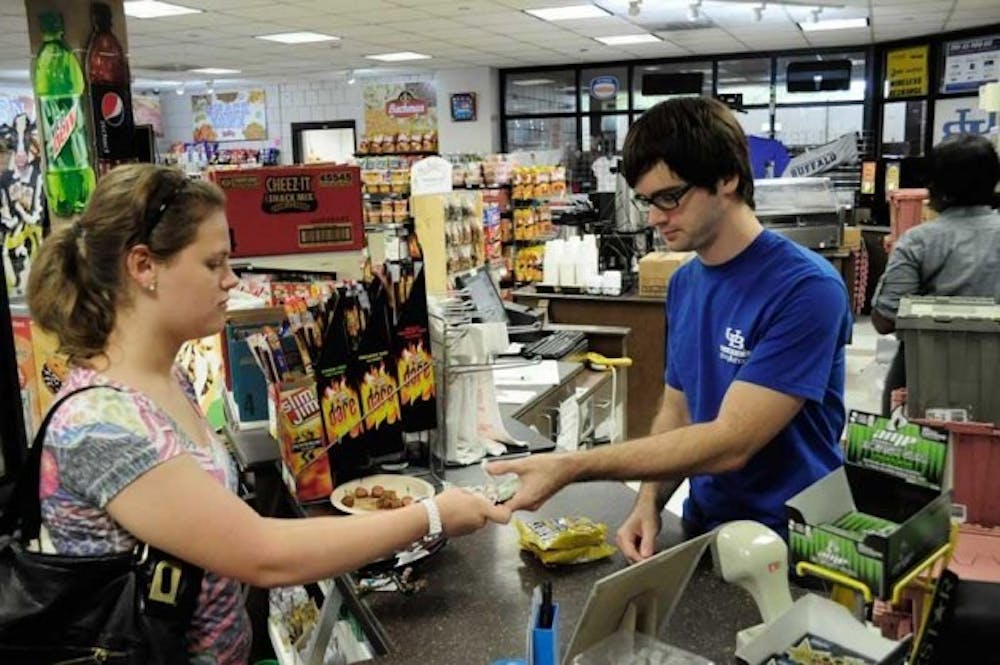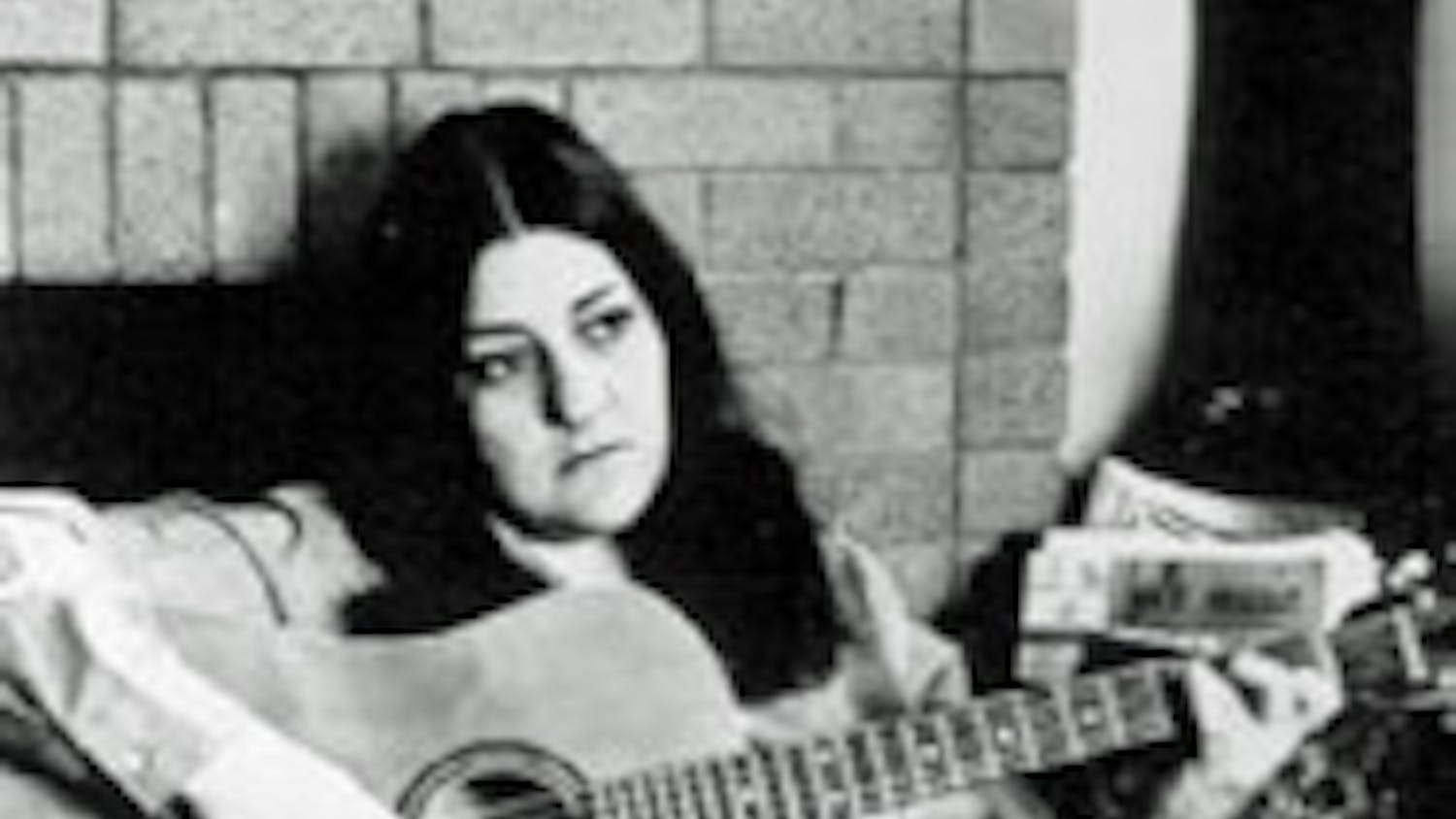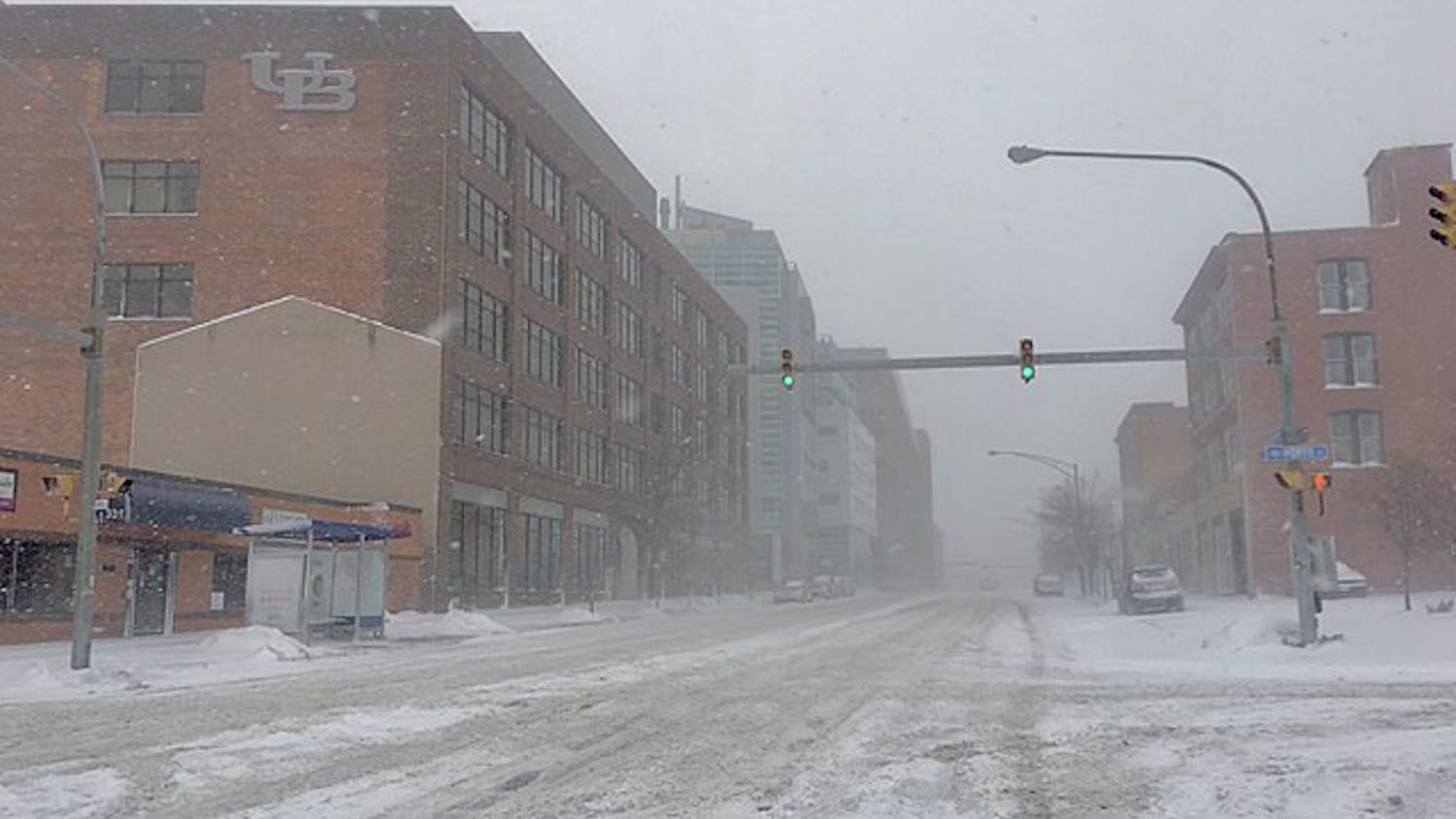Fall tuition: $3,740.75.
Fall room and board: $6,228.
Food: $0.15 ramen for dinner… again.
Most students come to college expecting to spend a lot of money, but some may be surprised to see where their money is going. From food to gas, alcohol to electronics, students find their dollars dwindling away throughout the semester.
The Spectrum surveyed 315 UB students on Tuesday and discovered that 46 percent of students – commuters and on-campus residents alike – agree on where they spend the most money. Food.
"You would've thought [students] spend more [money] on alcohol," said Bryan Daniels, a second year graduate law student.
In reality, only 14 percent of students admitted to having alcohol as their main expenditure.
Through meal plans, Dining Dollars, Campus Cash, and regular cash, UB offers students a variety of options for purchasing food. Even with these options, students are finding it difficult to compete with the prices. Some are even skipping lunch or dinner because their meal plans don't cover the whole cost.
Taylor Ferguson, a sophomore mechanical engineering major, explained that when she doesn't have enough meal exchanges remaining on her UB card to cover the cost of food, she skips a meal.
"I feel like they should at least make [the cost of a meal] fit on one meal exchange because there's a lot of stuff that goes over. I feel like if [Campus Dining & Shops] know that a bunch of people are using [meal exchange], they should at least make it fit," Ferguson said.
Often times, students using the meal exchange find that when they purchase a meal, the price of the food exceeds the amount that the meal plan covers. Once this occurs, they turn to Dining Dollars to cover the rest of the expense.
"I don't have the meal plan anymore, I live off campus so I just have Dining Dollars," said Taylor Kieffer, a sophomore aerospace and mechanical engineering major. "I'll just get like a burger…and not deal with the whole combo cause it's cheaper."
For those students living off-campus who rely on regular cash, grocery stores provide a week's worth of food as an alternative to purchasing daily meals.
"Coming to college you realize, oh crap, orange juice is six bucks," said Eric Yu, a junior English major. "You never realize the cost of these things when you're younger, but it's a good experience."
Students agree that on-campus food is overpriced, but they find that some locations provide a reasonable amount of food for a lower cost.
"I think a lot of the Asian [restaurants] give you a lot of food for the amount you pay for it," said Anam Ahmed, a junior environmental studies major. "La Rosas is pretty good about it too."
Whether eating in at Young Chow's, La Rosas, Johnny C's or even Subway, students agree that restaurants in The Commons give the most food for their reasonable prices.
Besides food, The Spectrum found that 45 percent of commuters spend the most money on gas and 33 percent spend the least on coffee. Twenty-two percent of students living on-campus spend the most on recreational activities and 33 percent spend the least amount on gas.
With a tight budget and a limited lifestyle, students adapt to adulthood with the choice between full stomachs or a full tank.
Email: features@ubspectrum.com





